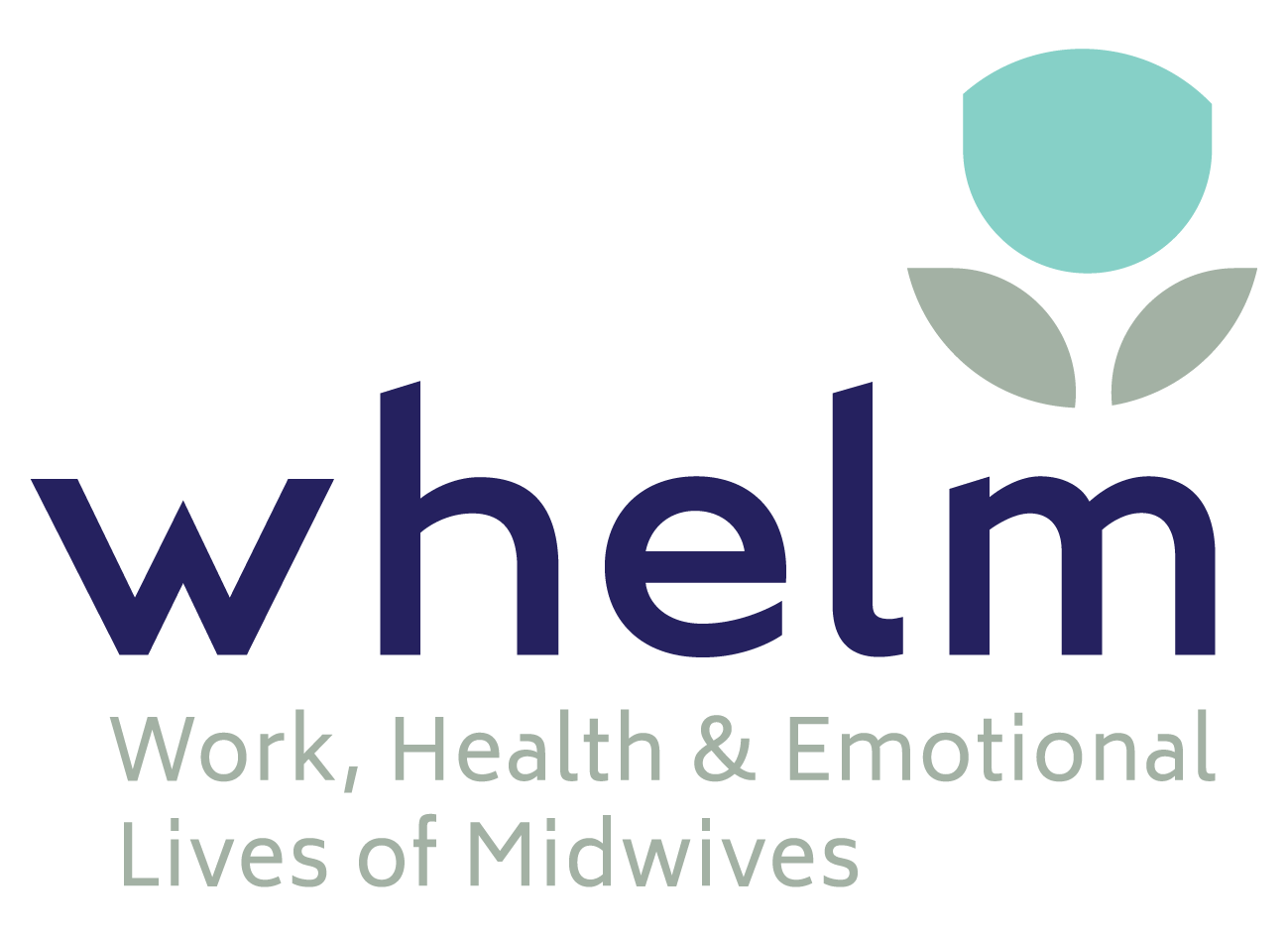Key issues in early labour
Early labour at home is a significant component of women’s birth experience. Women commonly feel fear and uncertainty in early labour and seek reassurance (Barnett, Hundley, Cheyne, & Kane, 2008), yet midwifery support is often limited. Fear, stress, and anxiety during childbearing inhibit labour progress (Buckley, 2015) and increase their perception of pain (Floris & Irion, 2015). If women are admitted in early labour, clinicians are more likely to intervene too soon by augmenting labour and offering epidural analgesia (Davey, McLachlan, Forster, & Flood, 2013; Neal et al., 2014) – even if labour progress is within normal limits (Zhang, 2010).
Regardless of model of care, telephone triage is routinely used for early labour assessment (Kobayashi et al., 2017). When women experience signs of labour, they usually contact either their own midwife (caseload midwifery) or the midwife on shift in the hospital assessment unit (standard care). When midwives assess that women are in early labour, they advise them to stay at home, rest, eat, hydrate, mobilise and consider comfort strategies (Queensland Health Guidelines, 2018). However, research has shown that women are largely dissatisfied with telephone assessment in early labour. Participants describe unclear advice, unmet needs, unaddressed anxieties, and negative midwife manner (Green, Spiby, Hucknall, & Richardson Foster, 2012).
The M@NGO trial 6-week survey
A study from a large RCT of caseload midwifery, called the M@NGO trial, was the first to look at Australian women’s experience of early labour care (Allen et al., 2020). Participants were allocated to either caseload midwifery or standard fragmented care. Neither group were provided with midwife home visits during early labour. About 1,000 women (58% of M@NGO trial participants) completed a survey 6-weeks after birth. The 6-week survey included five questions that invited free-text answers. The free text data were analysed to determine categories – early labour care was one of them.
Analysis of women’s survey responses
The joint first authors searched the free text data to identify relevant phrases (such as ‘early’, ‘went to hospital’, ‘telephone’, ‘sent home’, ‘return’). They determined which comments were about early labour and analysed them to develop three themes to capture what women said. The researchers selected quotes to illustrate and validate the themes. Finally, the researchers used a critical lens to synthesise and explain the findings. To do this, they focussed on larger social forces and structures that impact how labour and birth is constructed (as something frightening and needing medical attention) and how maternity care is provided (institutionalised vs. individualised care).
Women’s experiences
The data included unique responses from 84 women: 44 in caseload care and 40 in standard care. Women’s views about early labour care were:
- they needed permission to come to hospital;
- they felt like if they came to hospital in early labour, they had done the “wrong” thing;
- midwives dismissed their experiences in early labour.
Critical analysis of the data generated two further themes to explain women’s experiences: women seeking and midwives shielding. Women in early labour sought care because they wanted to be close to those who knew what was going on. Medicine sends the message that birth is dangerous outside of hospital (Roome, Hartz, Tracy, & Welsh, 2015) – so this is understandable behaviour. Whereas by delaying presentation to hospital or sending women home, midwives were effectively shielding the hospital (and in caseload midwifery, their time) to protect resources. Midwives may also have been shielding women from the cascade of intervention.
Limitations of this study
This study did not collect data from midwives about early labour care. For the women who answered the survey, having their own midwife in caseload midwifery did not protect women against having negative experiences of early labour care. However, it remains possible that women who had positive experiences did not report on them in the survey.
Strategies to improve early labour care
Three strategies have been trialled to improve maternal and neonatal outcomes include: 1) early labour assessment vs. immediate admission; 2) home visits vs. telephone triage, and 3) one-to-one structure care vs. usual care) (Kobayashi et al., 2017). Of these three strategies, only early labour assessment made a difference to outcomes – shorter labour duration (average 5 hours), less epidural analgesia (13% less likely), and much less oxytocin augmentation (43% less likely) (Kobayashi et al., 2017). While early labour home visits do not appear to impact outcomes, they are known to increase women’s satisfaction with care (Janssen & Desmarais, 2013). Another strategy is a dedicated early labour area for women who prefer to stay in hospital rather than return home. A comparison of intervention rates and birth outcomes before, and after, this area was introduced in a large Australian maternity hospital, found it made no difference to outcomes (Williams et al., 2020).
How can health services respond to women’s needs in early labour?
Women require support in early labour, not just assessment (Allen et al, 2020). Midwives need to understand that emotional support is a valid and important part of their role (O’Connell & Downe, 2009). Health service managers should recognise that early labour is important to women and adjust the service model accordingly. To do this, services could evaluate women’s current satisfaction with early labour care (in all models of care) and then codesign a strategy to promote positive experiences. For caseload midwifery models in particular, evaluation of early labour home-visiting may be a feasible and valuable option.
References
Allen, J., Jenkinson, B., Tracy, S. K., Hartz, D. L., Tracy, M., & Kildea, S. (2020). Women’s unmet needs in early labour: Qualitative analysis of free-text survey responses in the M@NGO trial of caseload midwifery. Midwifery, 88, 102751. https://doi.org/10.1016/j.midw.2020.102751
Barnett, C., Hundley, V., Cheyne, H., & Kane, F. (2008). ‘Not in labour’: impact of sending women home in the latent phase. British Journal of Midwifery, 16(3), 144-153. https://doi.org/10.12968/bjom.2008.16.3.28692
Buckley, S. J. (2015). Executive Summary of Hormonal Physiology of Childbearing: Evidence and Implications for Women, Babies, and Maternity Care. Journal of Perinat al Education, 24(3), 145-153. https://doi.org/10.1891/1058-1243.24.3.145
Davey, M., McLachlan, H., Forster, D., & Flood, M. (2013). Influence of timing of admission in labour and management of labour on method of birth: Results from a randomised controlled trial of caseload midwifery (COSMOS trial). Midwifery, 29(12), 1297 – 1302. https://doi.org/10.1016/j.midw.2013.05.014
Floris, L., & Irion, O. (2015). Association between anxiety and pain in the latent phase of labour upon admission to the maternity hospital: a prospective, descriptive study. J ournal of Health Psychology, 20(4), 446-455. https://doi.org/10.1177/1359105313502695
Green, J. M., Spiby, H., Hucknall, C., & Richardson Foster, H. (2012). Converting policy into care: women’s satisfaction with the early labour telephone component of the All Wales Clinical Pathway for Normal Labour. J ournal of Adv anced Nursing, 68(10), 2218-2228. https://doi.org/10.1111/j.1365-2648.2011.05906.x
Janssen, P., & Desmarais, S. L. (2013). Women’s experience with early labour management at home vs. in hospital: a randomised controlled trial. Midwifery, 29(3), 190-194. https://doi.org/10.1016/j.midw.2012.05.011
Kobayashi, S., Hanada, N., Matsuzaki, M., Takehara, K., Ota, E., Sasaki, H., . . . Mori, R. (2017). Assessment and support during early labour for improving birth outcomes. Cochrane Database of Systematic Reviews, 4(4), Cd011516. https://doi.org/10.1002/14651858.CD011516.pub2
Neal, J. L., Lamp, J. M., Buck, J. S., Lowe, N. K., Gillespie, S. L., & Ryna, S. L. (2014). Outcomes of nulliparous women with spontaneous labor onset admitted to hospitals in preactive versus active labor. Journal of Midwifery & Women’s Health, 59(1), 28-34. https://doi.org/10.1111/jmwh.12160
O’Connell, R., & Downe, S. (2009). A metasynthesis of midwives’ experience of hospital practice in publicly funded settings: compliance, resistance and authenticity. Health, 13(6), 589-609. https://doi.org/10.1177/1363459308341439
Queensland Clinical Guidelines. (2018). Queensland Maternity and Neonatal Clinical Guideline: Normal birth. (MN17.25-V3-R22). Brisbane: Queensland Health Retrieved from https://www.health.qld.gov.au/qcg/documents/g_normbirth.pdf
Williams, L., Jenkinson, B., Lee, N., Gao, Y., Allen, J., Morrow, J., & Kildea, S. (2020). Does introducing a dedicated early labour area improve birth outcomes? A pre-post intervention study. Women and Birth, 33(3), 259-264. https://doi.org/10.1016/j.wombi.2019.05.001
Zhang, J., Landy, H. J., Branch, D. W., Burkman, R., Haberman, S., Gregory, K. D., . . . Reddy, U. M. (2010). Contemporary Patterns of Spontaneous Labor With Normal Neonatal Outcomes. Obstetrics and Gynecology, 116(6), 1281-1287. https://doi.org/10.1097/AOG.0b013e3181fdef6e








